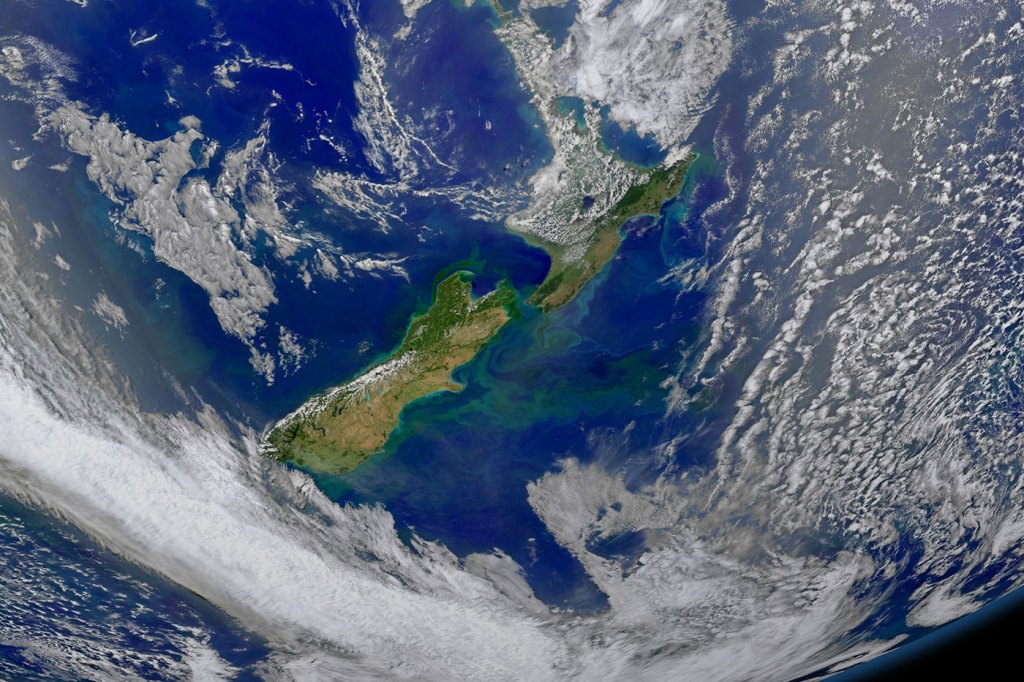Possible eighth continent could ‘deepen understanding of tectonic evolution’

Time to put away those atlases and globes. There could soon be an eighth continent on the books.
A team of scientists is pushing to recognize Zealandia, a huge land mass almost entirely submerged in the southwest Pacific, as a continent. The proposed continent is situated to the east of Australia, and might be better known for now by a few of its highest mountain ranges: the land that comprises New Zealand and New Caledonia.
While the discovery of this underwater land mass isn’t new, a paper published in GSA Today, the journal of the Geological Society of America, renews a push by a collection of scientists to formally classify it as its own continent.
Martin Ross, associate professor of geology at Northeastern, said the researchers pushing for recognition make a compelling case, adding that classifying Zealandia as its own continent would broaden scientists’ exploration of how continents form and expand.
Here’s what else he had to say.
What’s the scientific definition of a continent, and to what extent does Zealandia meet those criteria?
A continent must meet the following criteria:
- It must be highly elevated above the surrounding oceanic crust.
- It must consist of a broad range of siliceous igneous, metamorphic, and sedimentary rocks. (Oceanic crust consists of igneous rocks—basalt and gabbro—and is poor in silica.)
- It must have a thicker crust compared to the oceanic crust.
- And it must have well-defined limits and be relatively large compared to micro-continents and continental fragments.
Zealandia appears to meet all the criteria except, perhaps, when it comes to being large enough. However, there is no set rule on the minimum size for continents. The authors of the recent study suggest a minimum size of 1 million square kilometers—and Zealandia is 4.9 million square kilometers.
Who decides whether or not a land mass is considered a continent?
There’s no governing body; other investigators will likely chime in and it will be debated in literature and at conferences until eventually a consensus is reached. Such is the way of science.
What’s the benefit of achieving that classification? Why does it matter how Zealandia is classified?
If your research interest lies in the area of how continents form and how supercontinents break up, but you are not considering Zealandia—which would be the youngest and thinnest continent—then your models will be incomplete. Rather than being concentrated at rifts and failed rifts like the other continents, the extension of Zealandia as it thinned and separated from the ancient supercontinent Gondwana was spread over a broader zone. This would introduce new questions such as, “Why do most continents have narrow continental shelves compared to Zealandia’s very broad, largely submerged one?” and “Are the mechanisms that created the Antarctic continent similar?”
Why is it taking so long to determine whether Zealandia is a continent? Is it simply because it’s mostly submerged, or are there other factors at play?
Being 94 percent submerged didn’t help, plus its proximity to Australia led geologists to believe it was part of the Australian continental plate. However, over the past two decades much more geologic and geophysical data has been gathered and it now appears they are separate continents. (Zealandia separated from Australia 60 million to 85 million years ago and from Antarctica 85 million to 130 million years ago.)
Do you think Zealandia should be considered a continent?
I think the authors of the paper make a convincing argument, but time will tell. Whether it is generally recognized as a continent or not, it deserves further study that should lead to deepening our understanding of the tectonic evolution of continents, from supercontinents to today’s array of seven—or should I make that eight?—continents.
Photo by NASA/Goddard/NPP via Flickr





